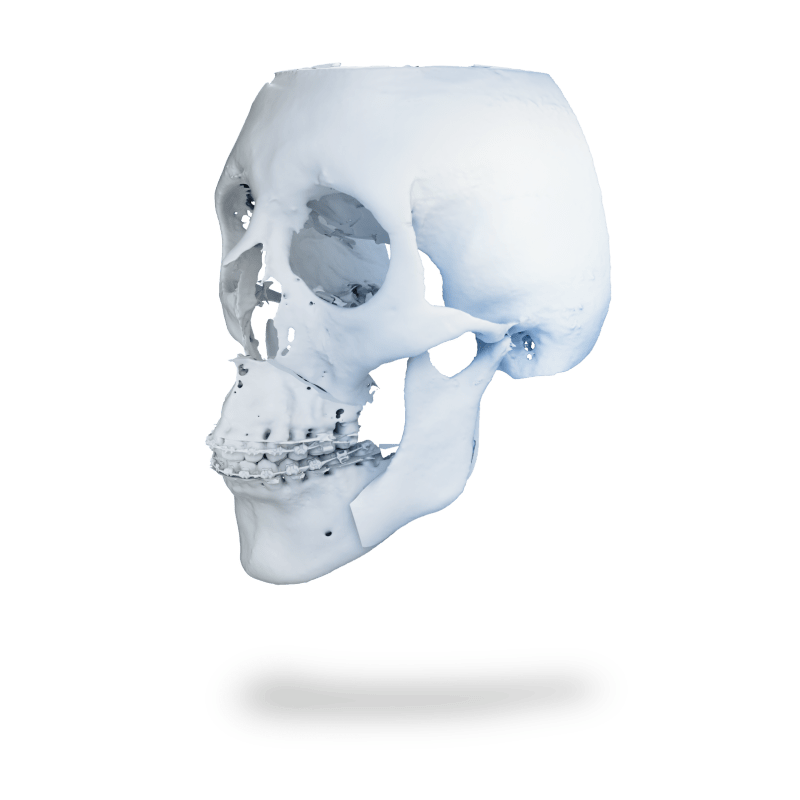Homejaw and faceOrthognathic Surgery
Orthognathic Surgery
Three-dimensional modeling of the patient’s facial skeleton, conducting three-dimensional cephalometric analysis, and simulating Lefort and BSSO osteotomies using specialized software for maxillofacial surgery enable the development of a precise treatment plan. This plan, based on linear and angular measurements from reputable references and articles on maxillofacial surgery analysis, is recommended to the specialist surgeon.
The final treatment plan is determined by the specialist physician based on the results of the cephalometric analysis and the clinical examination of the patient. Upon approval of the treatment plan by the surgeon, a digital splint for the intermediate and final jaw relationship is designed with high accuracy and manufactured using 3D printing technology. The materials used in the construction of digital splints are biocompatible resins.


Advantages of using Digital Surgery Modeling in Orthognathic Surgery
High accuracy
All incision and screw placement locations can be pre-determined by this service.
Reduces manufacturing duration
Designing these plates is based on the complete simulation of the osteotomy.
Three-dimensional facial reconstruction
The service allows for three-dimensional reconstruction of the patient’s face post-surgery.
Prospect of software contact control
Custom plate design aids the surgeon in easily controlling and aligning bone segments.
Opinions of users of this service





